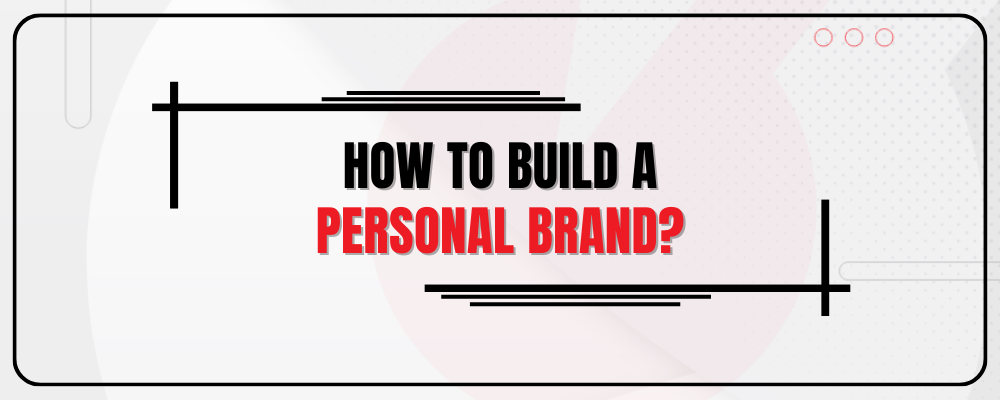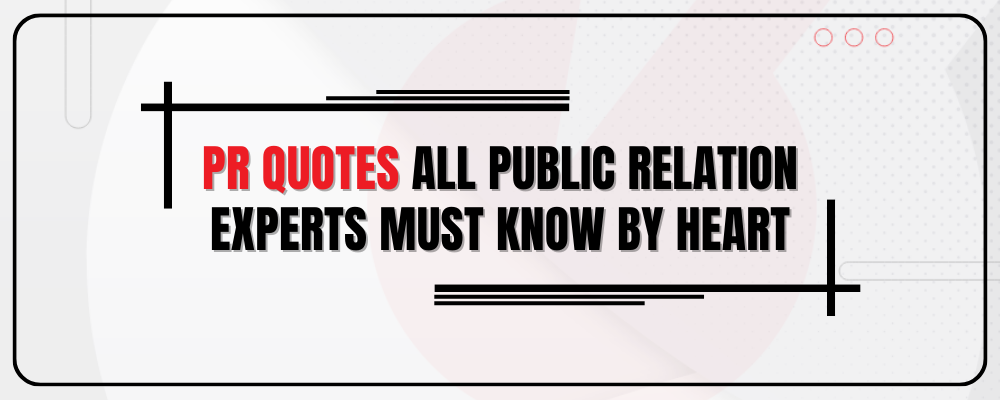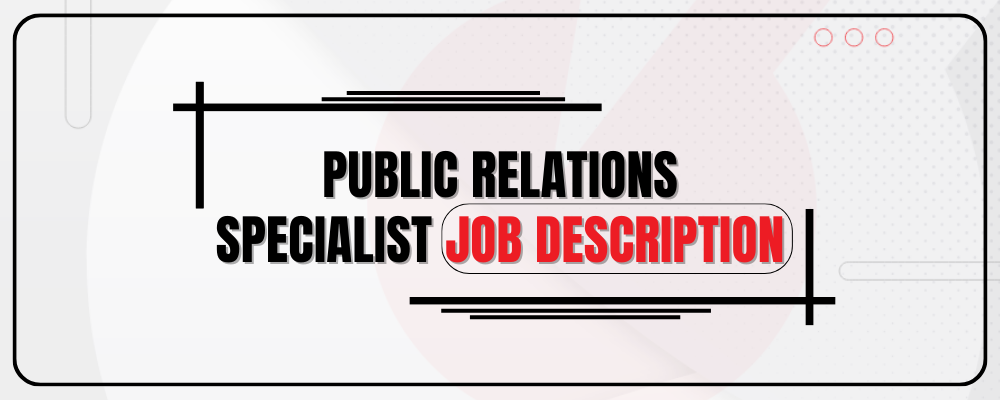Branding yourself is a crucial aspect of personal and professional development.
It involves creating a unique and consistent identity that sets you apart from others and communicates your values, skills, and personality.
Here are detailed steps to help you brand yourself effectively:
1. Self-Reflection
Taking the time for self-reflection is a foundational step in personal branding. Assess your strengths, weaknesses, passions, and values.
Reflect on your past experiences and consider your future goals. Understanding who you are and what you want provides the basis for crafting a personal brand that authentically represents you.1
Think about a time when you did a project that went really well—what made it work? Also, think about a project that was a bit tough—what did you learn from it?
Now, picture yourself in the future.
Maybe you want to become an expert in SEO and share your knowledge with others. This thinking time helps you figure out what you’re great at, what you need to learn, and what’s important to you.
It’s like gathering all the pieces you need to create a personal brand that shows who you are and where you want to go in your career.
2. Define Your Unique Selling Proposition (USP)
Your USP is what distinguishes you from others in your field. It could be a rare skill, a unique perspective, or a particular achievement.
Identify this key aspect that makes you stand out.
It’s the element that, once recognized, will become a central component of your personal brand, helping you leave a lasting impression on others.
For example, if you are a graphics designer, you might be great at creating eye-catching color combination in your graphics that’s generally not found in other designers’ work. That’s your USP. Use it for present yourself different from clothes.
Once you figure it out, it becomes the star of your personal brand, making people remember you for that awesome thing you bring to the table.
3. Target Audience
To effectively communicate your personal brand, it’s essential to know your audience. Define the group of people you want to connect with or influence.
Tailor your brand message to resonate with their interests, needs, and values.
Aligning your personal brand with the preferences of your target audience ensures that your efforts are both impactful and meaningful.2
Let’s say you’re a fitness trainer or coach.
Now even if you believe that everyone should listen to you because everyone needs to be fit, that’s wrong.
You need to define your audience—maybe it’s beginners looking for easy workouts, busy people who need quick exercises, or parents.
Define your ideal follower, understand what they need, and share tips that match their interests.
This way, your personal brand becomes super relatable and helpful to the people you want to reach.
4. Create a Personal Brand Statement
Crafting a personal brand statement is about distilling who you are and what you do into a concise and memorable message.
This statement should encapsulate your unique qualities, target audience, and USP. It serves as a quick introduction that can be used across various platforms, offering a consistent snapshot of your personal brand.
For example, read the statement below:
“I’m a fitness enthusiast and certified coach specializing in beginner-friendly workouts for busy professionals and parents.”
The above statement effectively communicates the qualifications of a fitness coach, highlights specialization in beginner-friendly workouts, and identifies target audience as busy professionals and parents.
Now create your personal brand statement in one line.
5. Consistent Online Presence
Establishing a consistent online presence is extremely important. Maintain a cohesive look across social media platforms and professional networks. 3
You can do this by using the same profile picture, handle, color theme and bio to create a unified online identity.
Consistency helps build recognition, making it easier for others to associate your online presence with your personal brand.
6. Content Creation
Content creation is a proactive way to showcase your expertise and contribute value to your audience.
Whether through blog posts, articles, videos, or other mediums, sharing content related to your field establishes you as a knowledgeable and engaged professional.
Regular contributions strengthen your personal brand by demonstrating your skills and passion.
Consider starting a podcast, a youtube channel, blog or a strong linkedin presence can go long way in strenthening your personal branding online.
7. Networking
Building a strong professional network is a key aspect of personal branding.
Attend industry events, engage in online forums, and connect with professionals in your field.
Networking not only opens doors to new opportunities but also enhances your personal brand by associating you with a broader community of like-minded individuals.
8. Skill Development
Embrace continuous skill development, as Aristotle wisely said, ‘Excellence is an art won by training and habituation.’
Regularly update and improve your skills, and highlight these advancements on your online profiles.
This commitment to ongoing development reinforces your personal brand by showcasing adaptability and a dedication to excellence.
9. Testimonials and Recommendations
Testimonials and recommendations provide external validation of your skills and professionalism.
Request feedback from colleagues, clients, or mentors, and showcase positive testimonials on your online platforms.
These endorsements serve as tangible evidence of your competence and contribute to building a trustworthy personal brand.
10. Authenticity
Authenticity is the bedrock of a strong personal brand.
Be true to yourself in all aspects of your professional and personal life.
Be genuine, be humble, and don’t shy away from sharing your failures. By openly discussing challenges, lessons learned, and the moments that didn’t go as planned, you connect with your audience on a deeper level.4
Authenticity in both professional and personal aspects not only fosters genuine connections but also builds trust—the kind that withstands the test of time.
So, be who you are with your audience, flaws and all, because authenticity is the true cornerstone of a lasting and meaningful personal brand.
11. Stay Updated
Staying updated on industry trends and developments is essential for maintaining a relevant personal brand.
Regularly consume industry news, participate in relevant conversations, and share your insights.
Positioning yourself as a thought leader demonstrates not only expertise but also a commitment to staying current within your field.
12. Professional Development
Actively engage in professional development activities, such as attending workshops and taking courses. Communicate your commitment to ongoing learning as part of your personal brand.
Emphasizing a dedication to growth and excellence enhances your professional image and contributes to the continuous evolution of your personal brand.5
13. Incorporating Feedback Loops for Continuous Improvement
One of the Harvard Business Review articles emphasizes the importance of ongoing evaluation and adjustment.
According to the authors, personal branding is not a one-time effort but an evolving process. They recommend conducting an annual audit to identify areas for improvement and strengths to capitalize on. This involves not only self-assessment but also seeking feedback from “truth tellers” in your network.
It ensures that you stay adaptable and responsive to changes in your professional and personal context which is the key to sustaining an authentic personal brand.
Remember, personal branding is an ongoing process. It evolves as you grow personally and professionally.
So segularly revisit and refine your personal brand to ensure it aligns with your current goals and aspirations.
References:
- Bliss, John, and Meg Wildrick. “How to build a personal brand.” Consulting to management 16.3 (2005): 6. ↩︎
- Zidar, Petra, and Miha Marič. “Personal brand.” University of Maribor, Faculty of Organizational Sciences, Slovenia (2015). ↩︎
- Harris, Lisa, and Alan Rae. “Building a personal brand through social networking.” Journal of Business Strategy 32.5 (2011): 14-21. ↩︎
- Vitberg, Alan. “Developing your personal brand equity.” Journal of accountancy 210.1 (2010): 42.
APA ↩︎ - Vitberg, Alan. “Developing your personal brand equity.” Journal of accountancy 210.1 (2010): 42. ↩︎






